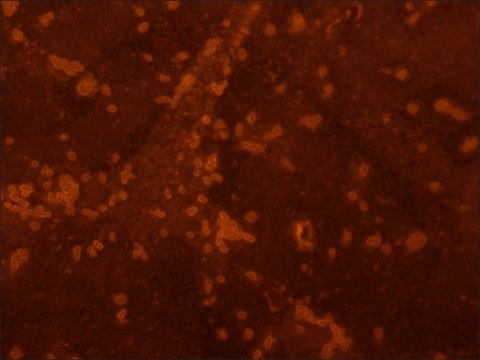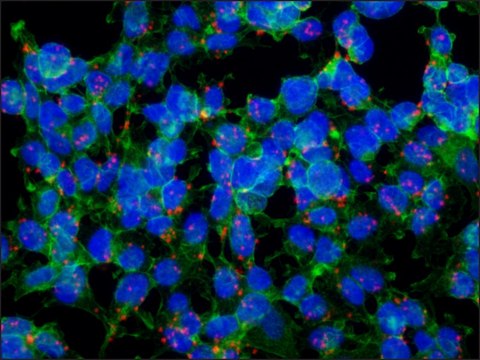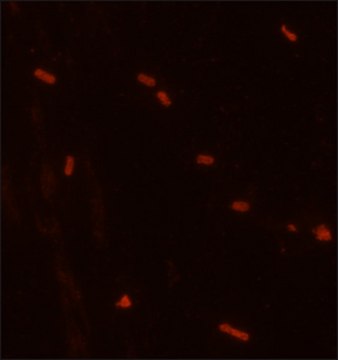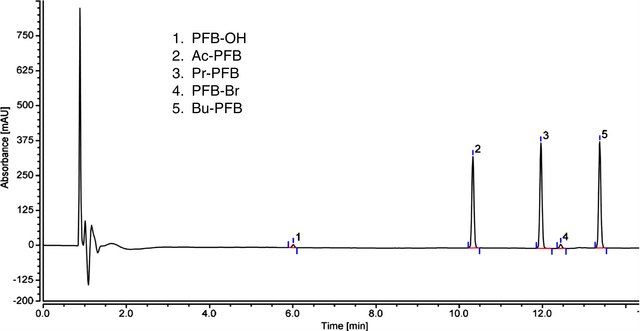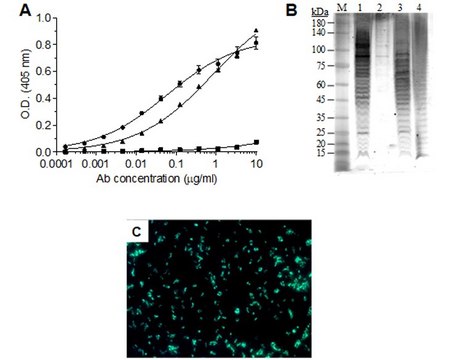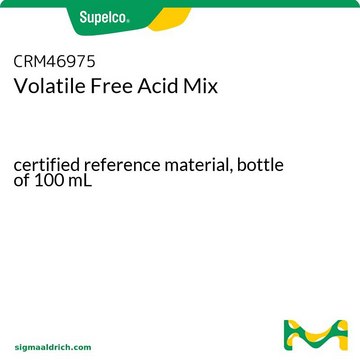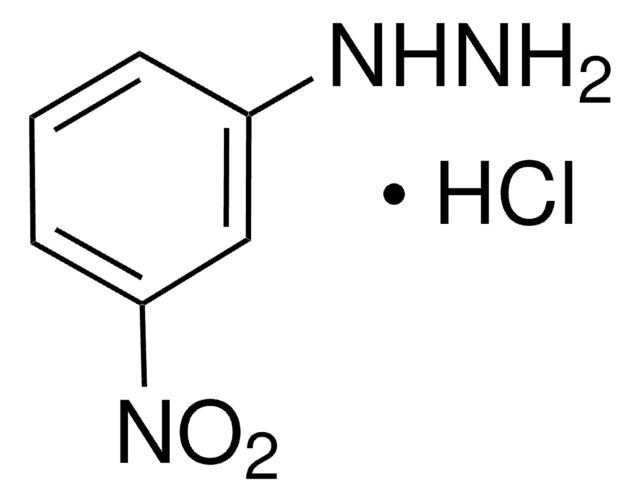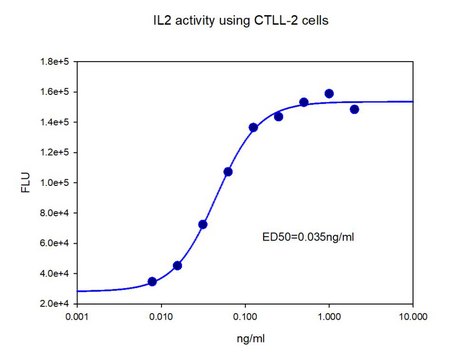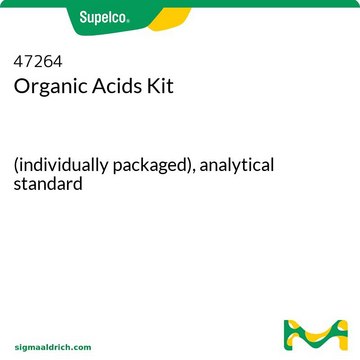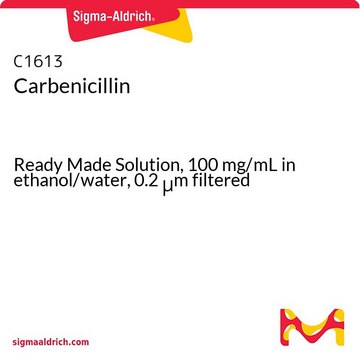推荐产品
生物来源
rabbit
抗体形式
IgG fraction of antiserum
克隆
polyclonal
描述
Research area: Microbiome
表单
buffered aqueous solution
分子量
~70 kDa
种属反应性
Proteus vulgaris
包装
antibody small pack of 25 μL
浓度
~1 mg/mL
技术
immunoblotting: 1:20,000-1:40,000 using Proteus vulgaris LPS.
indirect ELISA: 1:20,000-1:40,000 using dead Proteus vulgaris bacteria for coating.
运输
dry ice
储存温度
−20°C
靶向翻译后修饰
unmodified
一般描述
Proteus vulgaris is a Gram negative rod-shaped bacteria, belongs to the Enterobacteriaceae family. Members of the genus Proteus (Proteus spp.) which also includes Proteus mirabilis, Proteus penneri and Proteus hauseri, originally characterize by their ability to swarm on solid surfaces, are widespread in the environment and the gastrointestinal tract of human and animals and known to be an opportunistic pathogens isolated from urine, wounds and other clinical sources. The Proteus spp. bacteria, are distinguished by their reactions for indole production, salicin fermentation and aesculin hydrolysis. P. vulgaris produces indole which differentiates it from the indole-negative P. mirabilis and P. penneri. Proteus spp. bacteria may also be found in soil or water habitats where they often regarded as indicators of fecal pollution and a contamination threat for potential water or seafood poisoning.
免疫原
Proteus vulgaris dead OX19 bacteria: ATCC strain 6380
应用
Anti-Proteus vulgaris antibody recognizes P. vulgaris whole extract and P. vulgaris LPS, the antibody also recognizes an additional ~70kDa band suspected as bacterial HSP70 (DNAK) in whole extract P. mirabilis, P. gingivalis, E.coli K-12, P.aeruginosa, S. flexneri, S. enterica and E. faecalis but it has no cross reactivity with P. mirabilis LPS. The antibody may be used in various immunochemical techniques including Immunoblotting and ELISA.
外形
Supplied as a solution in 0.01 M phosphate buffered saline pH 7.4, containing 15 mM sodium azide as a preservative.
免责声明
This product is for R&D use only, not for drug, household, or other uses.
储存分类代码
10 - Combustible liquids
WGK
WGK 1
闪点(°F)
Not applicable
闪点(°C)
Not applicable
法规信息
新产品
The effect of p-nitrophenylglycerol on swarming and the production of some virulence factors in Proteus vulgaris
Ghaidaa M, et al.
New York Science Journal, 6, 8-14 (2013)
ANTIMICROBIAL RESISTANCE PATTERNS OF PROTEUS ISOLATES FROM CLINICAL SPECIMENS
Bahashwan, et al.
EUROPEAN SCIENTIFIC JOURNAL, 9, 188-202 (2013)
C M O'Hara et al.
International journal of systematic and evolutionary microbiology, 50 Pt 5, 1869-1875 (2000-10-18)
Strains traditionally identified as Proteus vulgaris formed three biogroups. Biogroup 1, characterized by negative reactions for indole production, salicin fermentation and aesculin hydrolysis, is now known as Proteus penneri. Biogroup 2, characterized by positive reactions for indole, salicin and aesculin
N Pal et al.
Annals of medical and health sciences research, 6(5), 267-273 (2017-05-16)
Proteus species cause a variety of community- and hospital-acquired illnesses. Synthesis of β-lactamases is the predominant mechanism for resistance to β-lactam antibiotics. Among the β-lactamases, extended spectrum β-lactamases (ESBLs) and AmpC β-lactamases are the most common. The objective of this
C M O'Hara et al.
Clinical microbiology reviews, 13(4), 534-546 (2000-10-12)
This review presents the current taxonomy of the genera Proteus, Providencia, and Morganella, along with the current methods for the identification of each species within the three genera, incorporating both conventional biochemical and commercial methods. While all of these organisms
我们的科学家团队拥有各种研究领域经验,包括生命科学、材料科学、化学合成、色谱、分析及许多其他领域.
联系技术服务部门